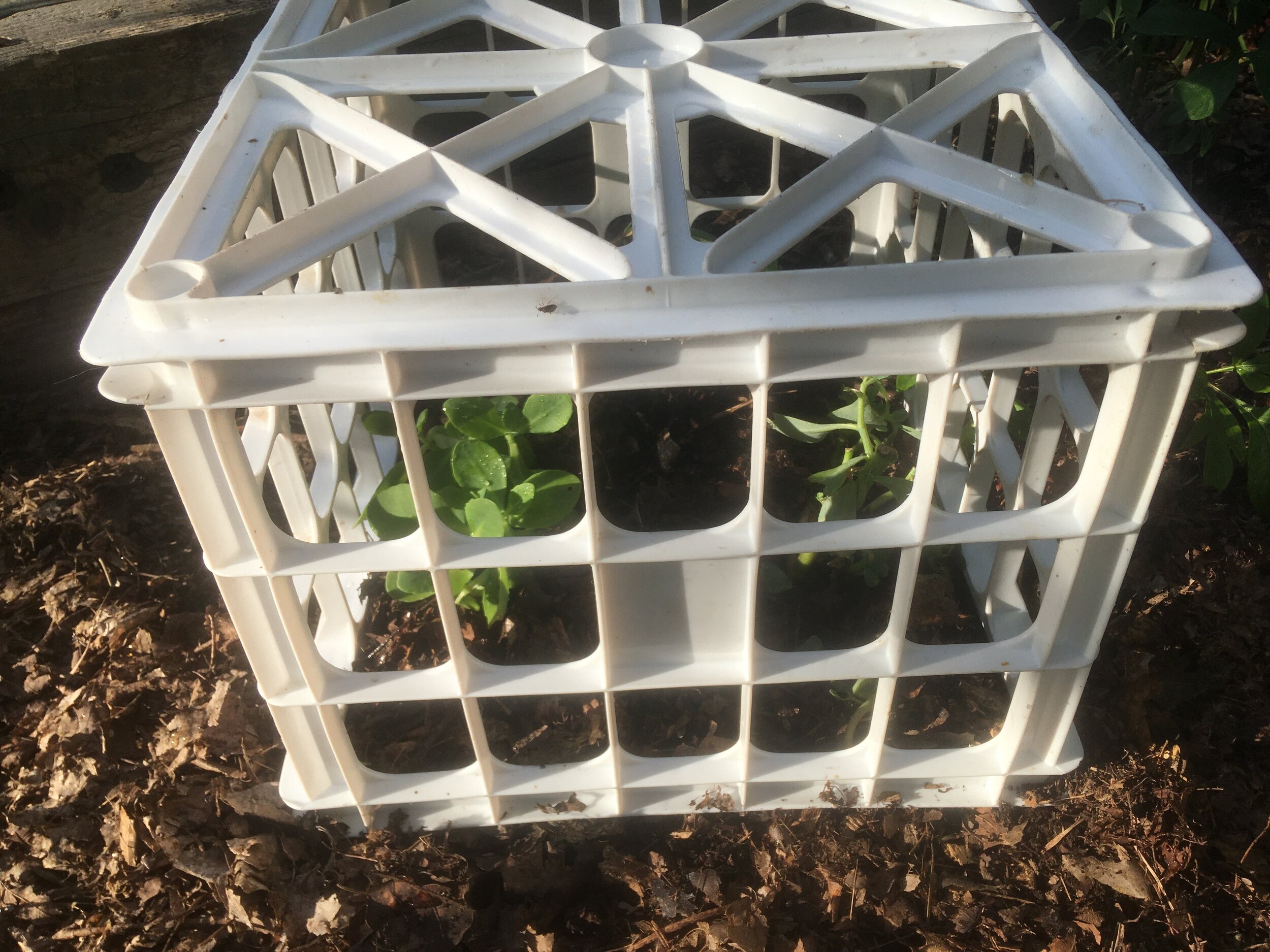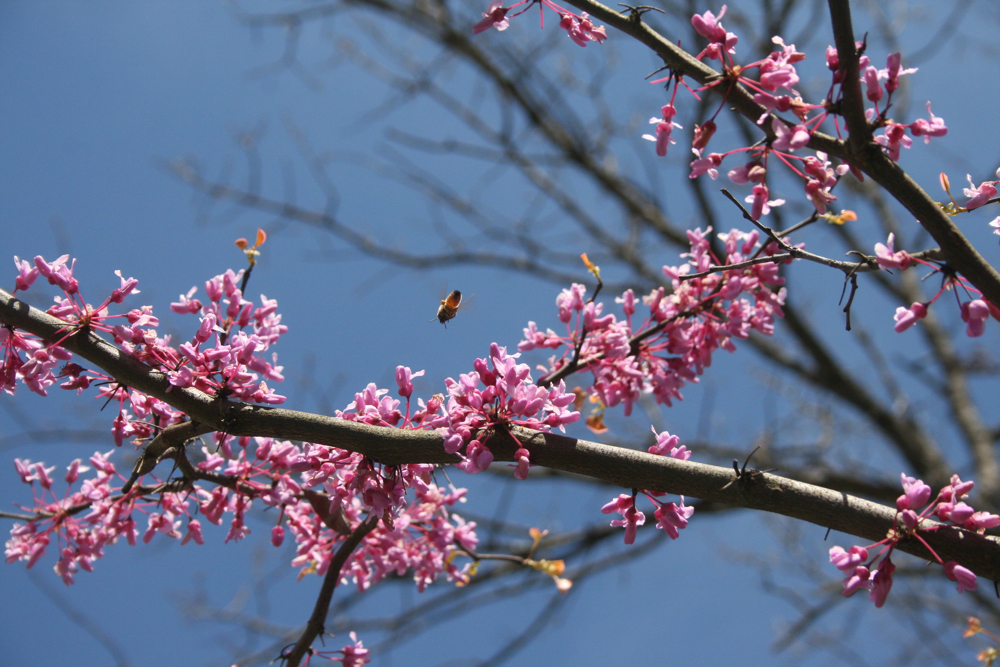Growing Tomatoes
/Blossom end rot can be fixed with regular and even watering. (Photo by Charlotte Ekker Wiggins)
Growing Tomatoes
Of all of the vegetables home gardeners can grow, tomatoes to me are the taste of summer. This year, record hot and humid conditions have made tomato growing challenging so here are some typical issues, and tips, on how to fix growing tomato problems.
Proper Fertilizer
Tomato plants taller than their growers usually means tomato plants may be getting too much nitrogen fertilizer. Nitrogen encourages the green growth that spurs plants to unnatural heights.A balanced plant meal requires nitrogen for growth, phosphorous for moving energy through the plant, and potassium for stress tolerance. Our Ozark soil can provide nitrogen but the other two fertilizer elements usually need a boost.
Soil testing through a local University of Missouri Extension office will help determine what is missing. A test costs $15 and includes not only what is in your soil but what you need to do to amend it.
Even Watering
The other delicate part of raising tomatoes is watering. Blossom end rot, where the bottom of the tomato starts to decompose, is usually caused by calcium deficiency, Calcium is usually present in soil but without water, tomato plants can’t take it up from the soil.
The best way to prevent blossom end rot is to regularly and evenly water tomatoes,. This means watering them every day at the same time with the same amount of water.
Tomato roots in open ground can grow to 5 feet deep. Tomatoes even grown in containers prefer to be evenly moist so with temperatures, and humidity, either at record levels or varying widely, requires careful monitoring.
I have sunken plastic bottles with holes in pots keeping my tomatoes company so that I can better keep the roots moist.
I also use a paint stick propped into the side and moved over an inch to check how wet the soil is before I water.
Temperatures Over 86F
Another challenge to raising tomatoes is temperatures over 86F. Tomatoes go into survival mode at 86F and higher so the tomatoes will not ripen on the plant. If temperatures remain that hot, pick the tomatoes while still green and allow them ripen in your kitchen.
Remove suckers of the growth in between branches to keep tomatoes focused on growing fruit. (Photo by Charlotte Ekker Wiggins)
Remove Suckers
One last tip: remove the growth in between tomato branches to keep the plant focused on producing the fruit we all enjoy.
Charlotte










































































